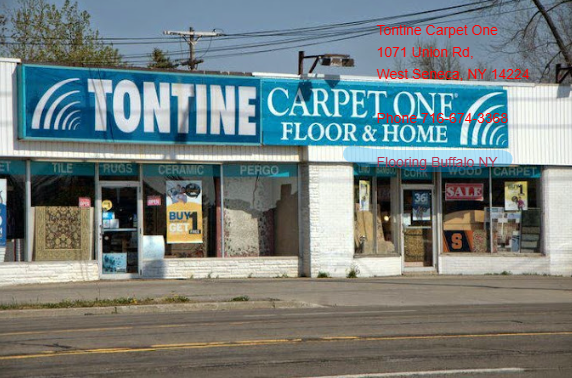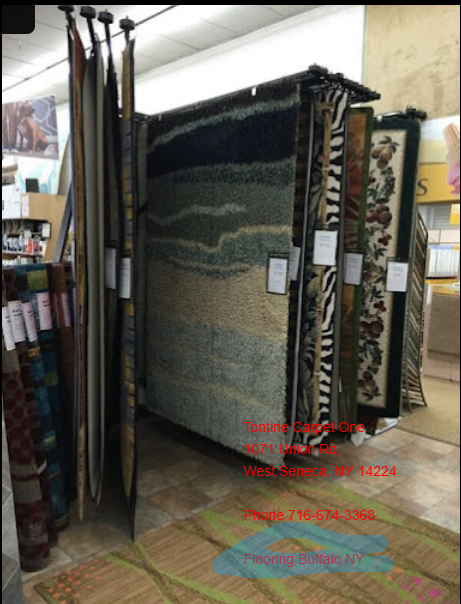Introduction
When we stroll by means of a superbly embellished homestead, our eyes probably fall upon the carpeting that serves as equally a starting place and a observation piece. Carpets can carry areas, supplying warmth, relief, and a cultured enchantment. But have you ever ever wondered how carpet types developed over time? From high-priced Persian rugs to modern minimalist designs, the adventure of carpeting patterns displays societal modifications, technological improvements, and evolving tastes.
In this newsletter, we’ll explore The Evolution of Carpeting Styles Over the Years in element. We'll delve into old context, material used, layout developments, and cutting-edge innovations within the carpet market. Whether you're seeking out carpets Buffalo NY, Hardwood Flooring Buffalo NY, or honestly exploring concepts at your regional Buffalo Carpet Store, this text will offer insights into how carpets have converted over the years.
The Evolution of Carpeting Styles Over the Years
A Brief History of Carpeting
Carpeting has a prosperous heritage relationship back hundreds and hundreds of years. Initially created for lifelike reasons, carpets developed into ornamental art types that reflected cultural values and concepts.
Early Beginnings: The Origin of Rugs
- Persian Influence: Persian rugs are most of the oldest recognised carpets, dating lower back to around 500 BC. Their difficult designs recurrently feature floral motifs and geometric patterns. Navajo Weaving: In North America, Native American tribes like the Navajo all started weaving their own specified rugs as early as the 17th century.
These early carpets were not only simple however also served as popularity symbols within their respective cultures.
The Middle Ages: A Shift in Functionality
As societies constructed in the course of the Middle Ages, carpets transitioned from being basically utilitarian to serving as decorative points in castles and churches throughout Europe. The use of rich shades and complex designs changed into prominent.
Renaissance to Industrial Revolution: The Rise of Luxury Carpets
Renaissance Flourishes
During the Renaissance interval (14th to seventeenth centuries), European royalty commissioned beautiful tapestries and carpets for their buildings. These textiles featured shiny colorations and depicted scenes from mythology or nature.
Industrial Innovations
The Industrial Revolution inside the 18th century marked a imperative turning point for carpeting patterns:
- Mass Production: With improvements in machinery, carpets may well be produced on a larger scale. Synthetic Fibers: The introduction of synthetic fibers provided durability at lessen fees.
twentieth Century: Diverse Styles Emerge
As we entered the twentieth century, carpeting began to diversify similarly:
Mid-Century Modern Designs
The mid-century current circulate emphasised simplicity and capability. Carpets together with shag rugs turned conventional via their textural features.
Post-War Era Trends
After World War II, there has been a surge in suburban dwelling which prompted carpet layout:
- Wall-to-wall carpeting become a staple in many residences. Bright colours like avocado green and mustard yellow meditated wellknown subculture during this era.
Contemporary Trends: Sustainable Practices and Technology
Today’s carpets reflect latest daily life offerings with an emphasis on sustainability and expertise:
Eco-Friendly Materials
Many clients are actually in search of sustainable innovations constructed from recycled supplies or biological fibers. This shift is obvious at local floor retail outlets like Tontine Carpet One Buffalo NY.
Technological Advancements
Innovations which include stain-resistant treatment options and more suitable installing strategies have made keeping up carpets easier than ever before.
Materials Used in Carpet Making Through Time
Natural vs Synthetic Fibers: A Comparative Analysis
When discussing carpet material through the years, it’s a must-have to think both natural and synthetic fibers:
| Material Type | Characteristics | Advantages | Disadvantages | |-------------------|-----------------------------------------------------|-----------------------------------------|-------------------------------------| | Natural Fibers | Wool, cotton, jute | Eco-friendly; high priced think | Can be highly-priced | | Synthetic Fibers | Nylon, polyester | Durable; stain-resistant | Less breathable |
Wool: The Classic Choice
Wool has been respected for its sturdiness and luxury texture for the duration of historical past. It keeps warm temperature good and is naturally resistant to dirt.
Nylon: A Modern Marvel
Introduced inside the mid-20th century, nylon simply was admired on account of its resilience towards wear and tear—correct for excessive-visitors areas like hallways or living rooms.
Design Trends Across Different Eras
Victorian Patterns: Opulence Redefined
In Victorian occasions (19th century), ornate patterns dominated carpet designs with floral motifs reflecting wealth.
Art Deco Inspirations
Art Deco (Nineteen Twenties) added geometric shapes into focus—featuring formidable contrasts that also resonate nowadays.

Influence of Culture on Carpet Design
Cultural Significance
Every tradition has its pleasing contribution to carpet making—from Persian motifs celebrating nature to Navajo styles reflecting storytelling.
Regional Styles
Each area showcases special traits stylish on on hand elements or traditional recommendations—assume Turkish kilims versus Indian dhurries!
FAQs
1. What are a few accepted different types of carpeting?
There are a good number of styles including loop pile, reduce pile (like plush), frieze (twisted), Berber (looped & textured). Each delivers numerous aesthetics & convenience http://finnmqss025.lowescouponn.com/the-common-mistakes-when-installing-carpets-and-how-to-avoid-them-1 phases!
2. How do I pick a carpet dependent on way of living?
Consider points such as foot traffic degrees! For busy families with pets/young people choose durable choices like nylon or Berber kinds that face up to stains!
3. Are eco-friendly carpets valued at it?
Absolutely! They now not simply give a contribution closer to sustainability but can even be offering more beneficial air first-class reward! Many green manufacturers now have based offerings too!
four. How ordinarily need to I replace my carpet?
Typically each 5-10 years depending on usage & protection! Regular cleansing can enlarge its life enormously!

five. What’s trending good now in carpeting types?
Current trends emphasize textures—consider shaggy appears to be like paired with impartial sunglasses! Also multi-sensible part rugs are rather in demand!
6. Can I install carpet myself?

Conclusion
As we mirror on The Evolution of Carpeting Styles Over the Years, it is clean that these humble textiles tell stories a long way past aesthetics—they encapsulate cultural identities whereas adapting with time's currents! Whether you’re journeying your nearby Buffalo Carpet Store or finding out among alternatives at Tontine Carpet One Buffalo NY; working out this evolution enhances appreciation to your decisions immediately!
From common fibers steeped in subculture to contemporary synthetic techniques; our connection with flooring remains profound! So next time you stroll across your plush dwelling room carpet recollect—it’s extra than just fabric underfoot—it’s history woven into each thread!